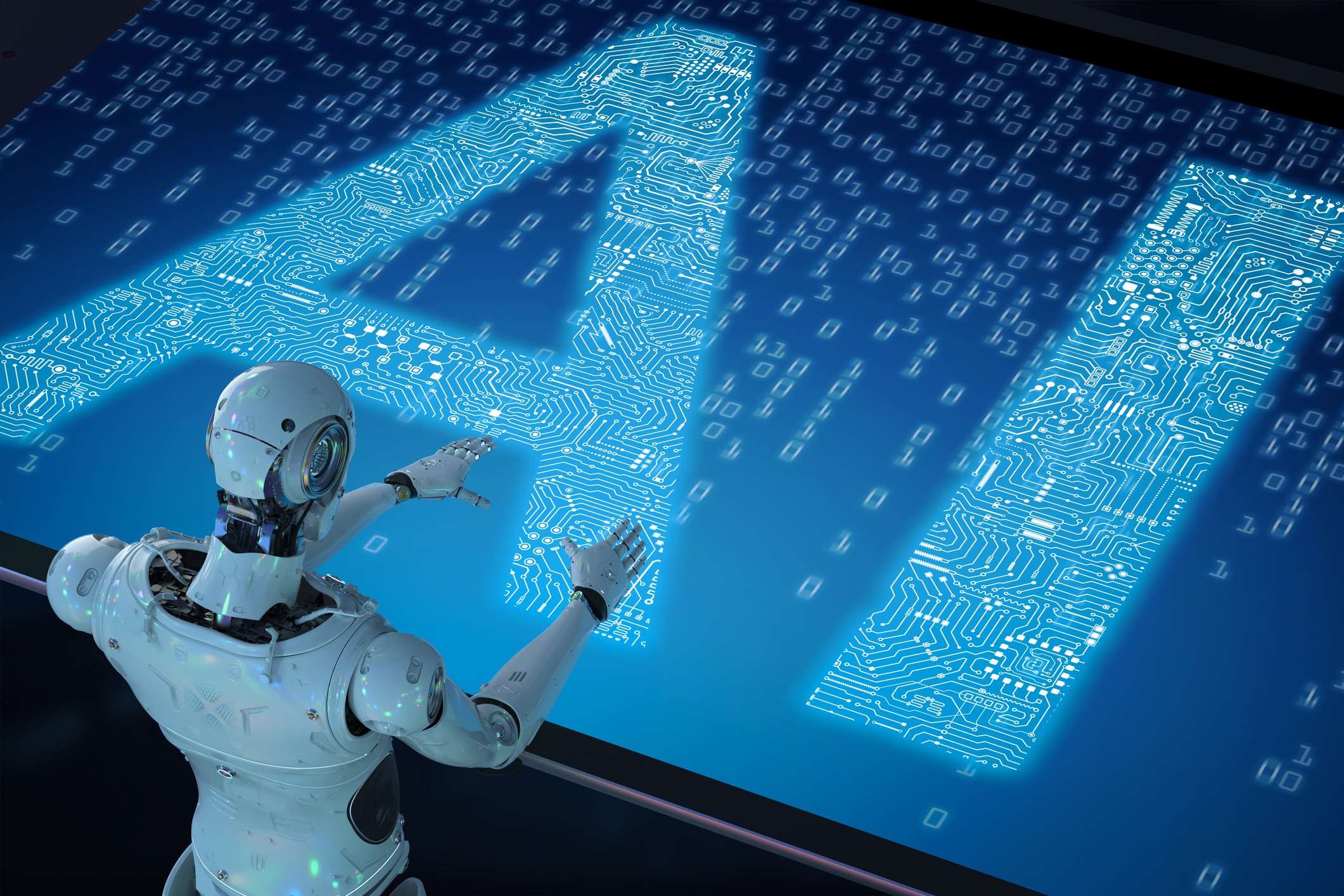
At the recent first annual summit of the Partnership for Artificial Intelligence, Automation, and Robotics in Healthcare (PATH), the message was loud and clear: As these advanced technologies become integrated into healthcare and biotechnology there will be a significant change in the development and delivery of medicine resulting in improved outcomes, increased productivity, and wider dissemination.
According to a recent article about PATH and its mission, the membership-based group – launched by Jonathan Linkous, founding CEO of the American Telemedicine Association (ATA), and Mary Ann Liebert, publisher & CEO of Genetic Engineering & Biotechnology News (GEN) – is dedicated to bringing together all stakeholders involved in the advancement of AI, automation, and robotics, to help guide policy related to its use and to promote its integration into health systems.
As Liebert sees the future of healthcare, “The individual disciplines of artificial intelligence, automation, and robotics must converge to ensure that knowledge and experience from each complements and moves forward new and meaningful advances and outcomes in healthcare. It is imperative that these exciting technologies be considered together as they have cross-cutting features that are merging together as new delivery systems are being implemented.”
Indeed, by 2021, AI alone could generate $6.7 billion in revenue from healthcare globally according to Frost & Sullivan.
Said Linkous, “These advanced technologies are at a similar stage as telemedicine was 25 years ago. Just as ATA did, our goals for PATH are to accelerate adoption and integration, reduce government and professional regulatory barriers, align payment policies and incentives, promote partnership in developing ethical applications and advance public understanding.”
At the PATH summit, an array of expert stakeholders spoke about the importance of AI and related disciplines.
“There isn’t a single provider who today can embrace and remember all the information they need to,” Jay Sanders, MD, CEO of The Global Telemedicine Group and adjunct professor of medicine at Johns Hopkins University noted, for example.
Sanders foresees AI and other forms of automation building on the connections made by telemedicine and the data within a patient’s electronic health record to provide timely differential diagnoses and treatment plans based on the wealth of information contained in the world’s most recent medical literature.
Similarly, according to John Sterling, editor in chief of GEN, “The increasing utilization of proteomics and genomics data by clinicians is also presenting physicians and other medical professionals with growing complexity regarding their decisions on how to best treat their patients. This is all taking place within a healthcare environment moving toward precision medicine and the adoption of immunotherapy.”
Yulan Wang, PhD, founder, chairman, and chief innovation officer of InTouch Health, noted that new “smart” technologies are making medical care available more universally.
“When a clinician interacts with the patient, it doesn’t matter how informed you make that clinician if that clinician is only able to provide their skillset to the immediate patients around them,” he observed. “We need to change that to impact a greater number of patients. This is especially true as medicine is getting more and more complex. If people are no longer constrained by geographic boundaries, then we have improved the delivery system in a profound way.”


